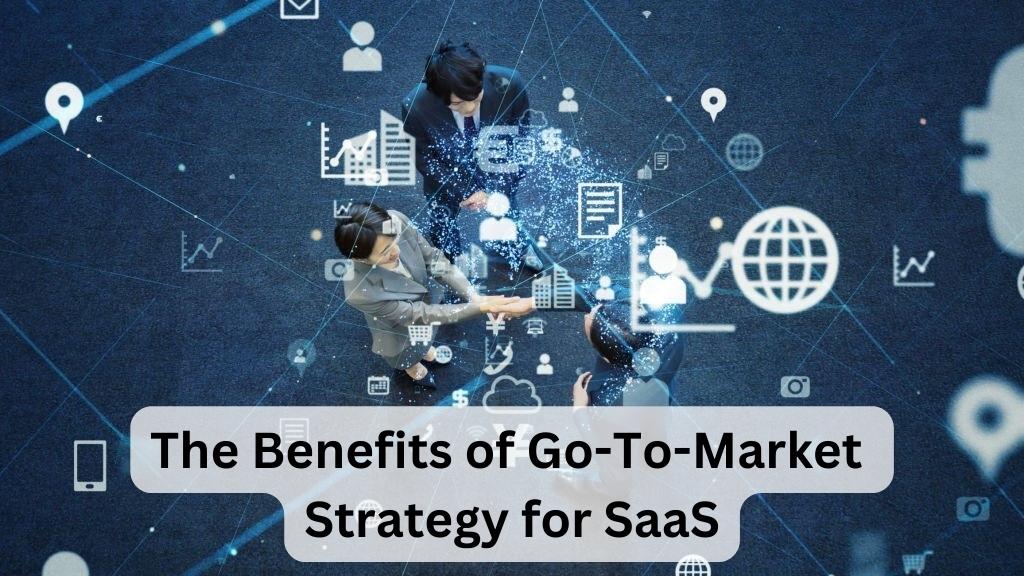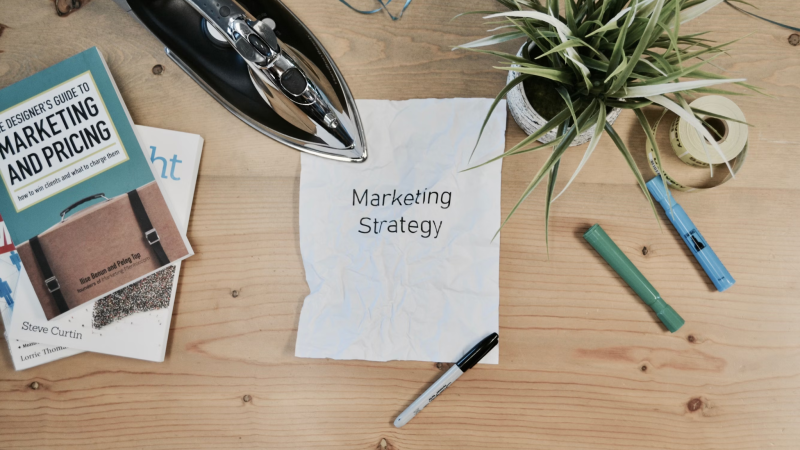The Benefits of Go-To-Market Strategy for SaaS

Picture your SaaS product as a shining star in the vast universe of technology solutions. But here’s the thing – without a well-crafted go-to-market strategy, your star could easily fade away, lost in the darkness of an overcrowded market.
That’s where the power of a strategic approach comes into play. By aligning your efforts and resources with a clear plan, you can propel your SaaS business to new heights.
A go-to-market strategy acts as the guiding light that directs every step you take toward success. It enables you to identify and target your audience with laser-like precision, ensuring that you connect with those who truly need what you offer. With a unique value proposition at its core, this strategy helps differentiate your product from competitors and captivate potential customers.
But it doesn’t stop there – effective marketing and sales channels are also crucial components of a winning SaaS go-to-market strategy. By utilizing these channels strategically, you can maximize reach and engagement while optimizing conversion rates.
In this article, we will explore the numerous benefits that come from implementing a robust go-to-market strategy for SaaS businesses. From identifying target audiences to adjusting strategies for continuous improvement, we’ll delve into how this approach can transform your venture from just another star into an unparalleled supernova in the SaaS galaxy.
Identifying Target Audience and Market Segmentation
You might think that identifying your target audience and market segmentation is just a tedious task, but trust me, it’s the secret sauce that adds flavor to your go-to-market strategy.
By pinpointing who your ideal customers are and dividing them into specific segments, you can tailor your messaging and offerings to meet their unique needs and preferences. This targeted approach allows you to maximize the impact of your marketing efforts and increase the chances of attracting the right customers.
Furthermore, understanding your target audience helps you prioritize your resources and allocate them effectively, ensuring that you invest in strategies that have a higher potential for success.
So don’t underestimate the power of identifying your target audience and market segmentation – it’s an essential ingredient for a successful go-to-market strategy.
Developing a Unique Value Proposition
Transforming your product into a one-of-a-kind solution that stands out from the competition begins with crafting a compelling and distinctive value proposition.
Your unique value proposition serves as the foundation of your go-to-market strategy, helping you effectively communicate the benefits of your SaaS offering to your target audience.
It is essential to clearly articulate how your product solves their pain points and meets their specific needs better than any other solution on the market.
By highlighting the key features and advantages of your SaaS, you can differentiate yourself from competitors and attract potential customers.
A well-developed value proposition also helps build trust and credibility with your audience, increasing their confidence in choosing your product over alternatives.
Remember, a strong value proposition sets the stage for successful go-to-market execution and drives customer acquisition and retention.
Creating Effective Marketing and Sales Channels
When it comes to creating effective marketing and sales channels, it’s important to understand that over 80% of SaaS companies believe that content marketing is a critical component of their overall marketing strategy.
By creating valuable and informative content, you can attract potential customers and establish your brand as a thought leader in the industry.
Utilizing social media platforms such as LinkedIn, Twitter, and Facebook allows you to reach a wider audience and engage with them directly.
Additionally, email marketing campaigns are an effective way to nurture leads and keep your audience informed about new product updates or promotions.
Partnering with influencers or industry experts can also help increase your brand visibility and credibility.
Finally, leveraging data analytics tools can provide insights into customer behavior and preferences, enabling you to optimize your marketing efforts for better results.
Monitoring and Adjusting Strategies for Continuous Improvement
By consistently monitoring and adjusting our strategies, we can ensure continuous improvement and stay ahead of the competition. It’s crucial to regularly evaluate the effectiveness of our go-to-market strategy for SaaS to identify areas that need adjustment or improvement. This allows us to adapt quickly to changing market conditions and customer needs, ensuring that we’re always delivering value and staying relevant in the industry.
To achieve continuous improvement, here are three key points to consider:
- Regularly track key performance indicators (KPIs) such as customer acquisition cost (CAC), customer lifetime value (CLTV), and churn rate. This data will help us understand how well our strategies are performing.
- Analyze market trends, competitor activities, and customer feedback to identify opportunities for improvement or potential threats.
- Experiment with different marketing and sales tactics, such as A/B testing campaigns or exploring new channels. This’ll allow us to discover what works best for our target audience.
By following these practices, we can continually refine our go-to-market strategy for SaaS and maximize its effectiveness in driving growth and success.
Conclusion
So, there you have it – the benefits of a go-to-market strategy for SaaS. By identifying your target audience and segmenting the market, you can deliver personalized solutions that resonate with your customers.
Developing a unique value proposition sets you apart from competitors and captures your attention. And by creating effective marketing and sales channels, you can reach your audience more efficiently.
Remember to monitor and adjust your strategies for continuous improvement. With these tactics in place, success is within reach.





